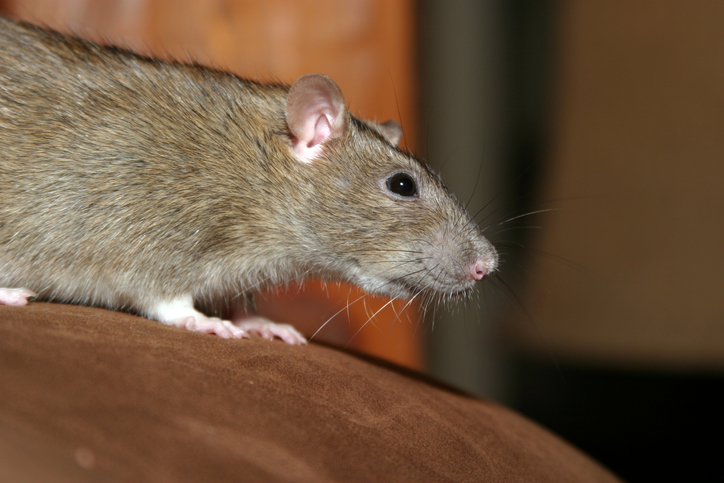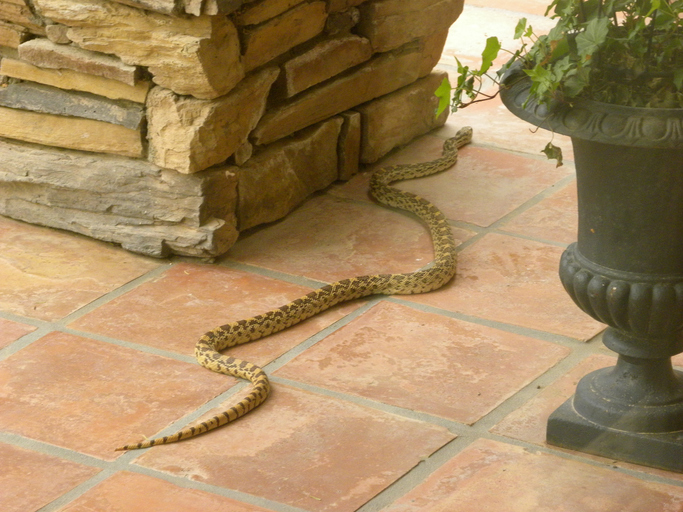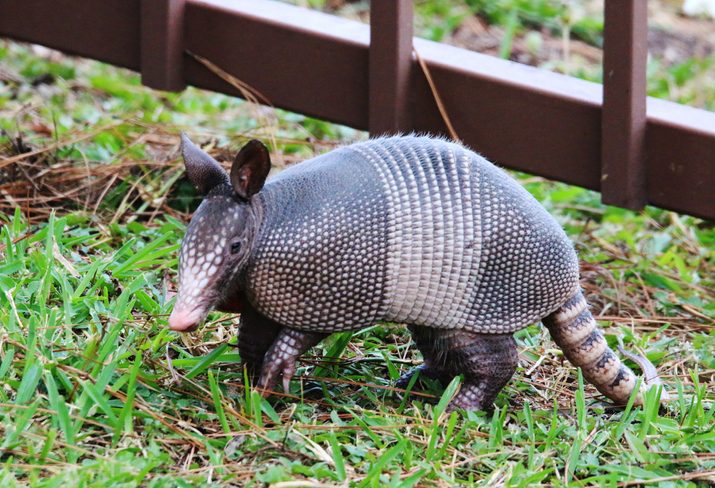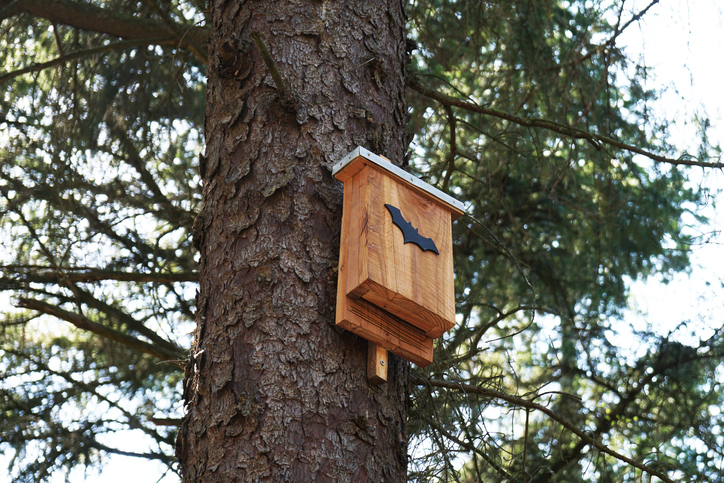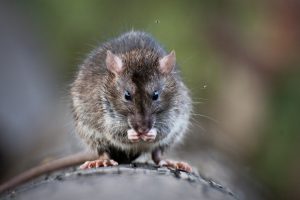 Thanks to its hilly landscape and diverse terrain, Dallas is the ideal home for beautiful and exotic animals. Unfortunately, there are also pesky rodents that roam the area and damage nearby property. Rodents are the guiltiest culprits, because they are notorious for scurrying into homes and businesses without welcome. Do you want to know the common rodents you should protect your property from? We’ve got the list right here for you.
Thanks to its hilly landscape and diverse terrain, Dallas is the ideal home for beautiful and exotic animals. Unfortunately, there are also pesky rodents that roam the area and damage nearby property. Rodents are the guiltiest culprits, because they are notorious for scurrying into homes and businesses without welcome. Do you want to know the common rodents you should protect your property from? We’ve got the list right here for you.
The House Mouse
These little guys are smaller on the rodent spectrum but still cause large amounts of damage. How can you tell the difference between a rat and a mouse? A house mouse will be smaller in size but have larger ears. They are about five to seven inches in length with grayish-brown fur. You’ll usually find them tucked under cabinets, furniture, kitchen appliances, and other small spaces. Because of their great hearing and vision, house mice quickly get comfortable lounging in your home and even in your business. What’s worse is their ability to squirm through a ¼-inch hole — which means they don’t need much space to enter yours.
The Norway Rat
The Norway rat is the largest and most aggressive of the Texas rodents. Ranging from a whopping seven to nine inches in size, you can usually identify Norway rats by their thick tail and small ears. They also have bristly, brown fur sprinkled with black hairs and are more likely to enter your home or business in the middle of the night. What draws them in? Savory proteins and carbs left out in the open, like chicken, fish, and grains. Because they are expert diggers, you can find Norway rats underneath your building or burrowing through your garbage.
The Roof Rat
Roof rats are smaller than Norway rats — roughly six to eight inches — with dark brown fur. You can identify a roof rat by its pointy nose. The name “roof rat” came from their cunning efforts to find shelter in the highest points of each building. These critters spend most of their lives elevated at least four feet off the ground. Unlike Norway rats, you’ll often find roof rats climbing trees, garbage cans, or even walls to access your roof. Once inside your building, they will tear your insulation, create a nest, and stick around until told otherwise.
Squirrels

While squirrels may seem cute and harmless as they dart through trees, Dallas is home to two particularly common species: the Eastern gray squirrel and the fox squirrel. These agile rodents are notorious for entering attics through roof vents or gaps under eaves. Once inside, they gnaw on insulation, wires, and wood, creating fire hazards and structural damage. Outdoors, they dig up lawns, raid bird feeders, and strip bark from trees. To protect your home, trim overhanging branches and seal any potential entry points with heavy-duty materials.
Six Signs of Rodent Problems in the House
- Gnaw marks. A rodent’s teeth grow continuously, so they must gnaw on things to keep this growth in check. As you might expect, this leaves rather damning evidence. Look for gnaw marks on things like garbage cans, fences, food containers, and under porches. Squirrels sometimes chew through roof vents or attic louvres to gain access to the attic.
- Runways. Mice and rats are creatures of habit and will follow the same route between their nest site and food and water uses. After repeated use, these paths develop dark, greasy rub marks that are accumulated from the oils and dirt on the rodent’s fur. Runways usually follow along manmade edges like baseboards.
- Sounds. Squirrels, mice, and rats all make similar sounds if they’ve made it into your house; rustling or scurrying noises. The bigger the rodent, the louder the sound will be. Squirrels may also make rolling noises, as they roll nuts and acorns around. Pay attention to when the noise is being made. If it occurs during the day, it’s probably a squirrel. If you hear it more at night, it’s more likely to be a mouse or rat, since they are nocturnal.
- Vocalizations. Both mice and rats communicate at a pitch that is undetectable to the human ear. However, if they are distressed, they may make squeaking or hissing sounds. Still, you are more likely to hear movement sounds than vocalizations.
- Odors. When living in confined spaces like homes, rodents tend to produce an odor that is most often described as musky and resembling ammonia or stale urine.
- Droppings. Look for droppings in areas that are not frequented by humans, like attics or basements. Droppings are found in the largest numbers near nesting sites.
Dangers of a Rodent Infestation
Rodent problems can cause a number of issues:
- Property Damage. Mice and rats will chew on anything they see as useful while building a nest. This can include prized valuables like books or other important documents, especially if they are stored in the attic or basement. Rodents also have a fondness for living in cars, and can ruin them by their compulsive wire-chewing.
- Fire risk. Mice and rats sometimes build their nests in large electrical appliances, gnawing through wires in the process, which can increase the likelihood of a short-circuit or fire.
- Disease. Rodents can carry many diseases including hantavirus, leptospirosis, lymphocytic choriomeningitis (LCMV), Tularemia and Salmonella.
Keep Your Property Protected
Rodents are some of the most destructive pests that can infiltrate your home. Do not ignore it! It only takes one hole, gap, or crack for one of these rodents to infiltrate your home. Their ability to avoid detection and breed rapidly make it a difficult task for DIY rodent control.
Protect your property from these common rodents by partnering with the rodent professionals at Critter Control® Dallas. With over three decades of experience, our technicians will identify entry points and remove all wildlife from your home with humane rodent services. For more information, call us today at 214-225-2217 for a free inspection.




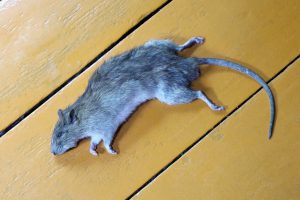

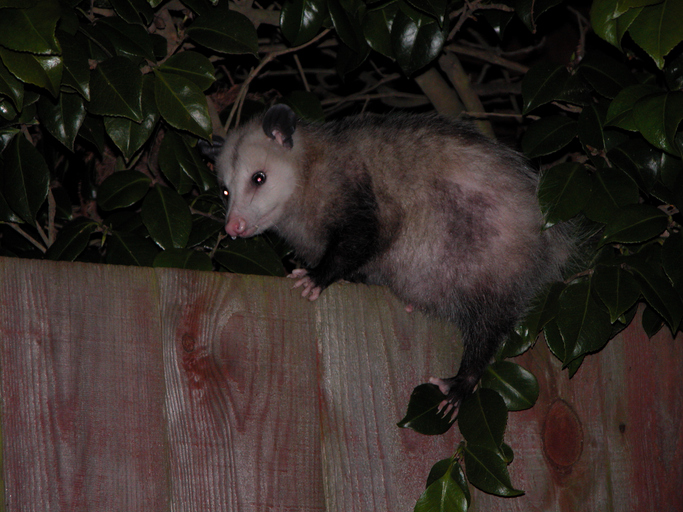
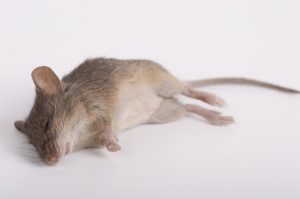 As a homeowner, finding a dead animal in your home is an unfortunate, but possible, situation that you could one day face, especially if your property is not well maintained or regularly inspected by
As a homeowner, finding a dead animal in your home is an unfortunate, but possible, situation that you could one day face, especially if your property is not well maintained or regularly inspected by 